The Canadian Mining Hall of Fame was conceived by the late Maurice R. Brown, former editor and publisher of The Northern Miner, as a way to recognize and honour the legendary mine finders and builders of a great Canadian industry. The Hall was established in 1988. For more information about the extraordinary individuals who have been inducted into the Hall of Fame, please go to their home website: http://mininghalloffame.ca/
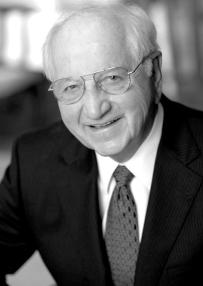 During a distinguished career spanning more than a half-century, Mike Muzylowski contributed to the growth of Canada’s mining industry as a gifted geologist and mine-finder, innovative financier and respected senior mining executive. His diverse talents were instrumental in the discovery and development of 16 mineral deposits that became producing mines — 13 in Manitoba, two in Nevada and one in the Northwest Territories — and the building of numerous mining companies, notably Granges Inc. and its subsidiary, Hycroft Resources and Development. Along with long-time partner Douglas McRae, he helped to open the doors to European and other foreign financial centres and establish the credibility of foreign investment in Canadian mineral exploration.
During a distinguished career spanning more than a half-century, Mike Muzylowski contributed to the growth of Canada’s mining industry as a gifted geologist and mine-finder, innovative financier and respected senior mining executive. His diverse talents were instrumental in the discovery and development of 16 mineral deposits that became producing mines — 13 in Manitoba, two in Nevada and one in the Northwest Territories — and the building of numerous mining companies, notably Granges Inc. and its subsidiary, Hycroft Resources and Development. Along with long-time partner Douglas McRae, he helped to open the doors to European and other foreign financial centres and establish the credibility of foreign investment in Canadian mineral exploration.
Muzylowski left the family farm near Oakburn, Manitoba, to attend the University of Manitoba, where he earned a BSc degree in geology. In 1955, he joined Hudson Bay Exploration and Development Company (HudBay) and spent five years as a field geologist before advancing to senior positions, including senior project geologist, chief geophysicist and assistant superintendent of exploration and development. Several of his Manitoba drill targets became HudBay producers, notably the An d erson Lake mine in the Snow Lake camp and the Centennial mine near Flin Flon.
























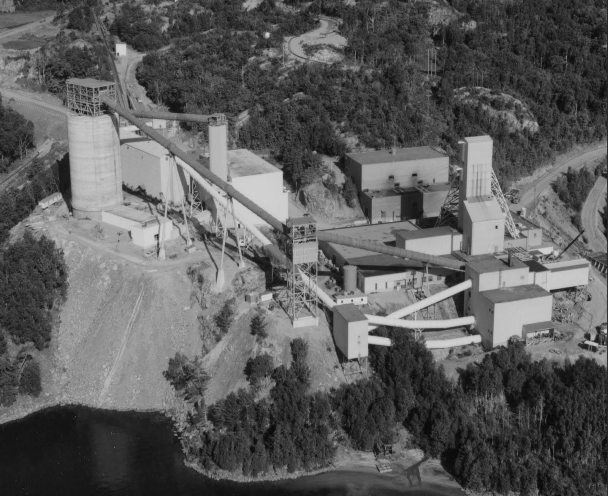
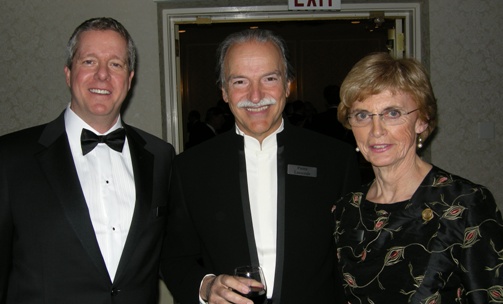 Like the recent record setting price of gold and the stock market recovery, the general mood at the annual Canadian Mining Hall of Fame dinner at the Fairmont Royal York Hotel a few weeks ago in Toronto, was upbeat, bright and a turnout. Master of ceremonies Pierre Lassonde, Chairman of Franco Nevada Corp. – the Billy Crystal of the mining sector – was practically “giddy” discussing the high price of gold and Tiger Wood’s problems. “Gold miners never had it so good, like mosquitoes at a nudist colony” quipped Lassonde. He continued, “there is not enough mustard in the U.S. to cover that hot dog,” in reference to Tiger Wood.
Like the recent record setting price of gold and the stock market recovery, the general mood at the annual Canadian Mining Hall of Fame dinner at the Fairmont Royal York Hotel a few weeks ago in Toronto, was upbeat, bright and a turnout. Master of ceremonies Pierre Lassonde, Chairman of Franco Nevada Corp. – the Billy Crystal of the mining sector – was practically “giddy” discussing the high price of gold and Tiger Wood’s problems. “Gold miners never had it so good, like mosquitoes at a nudist colony” quipped Lassonde. He continued, “there is not enough mustard in the U.S. to cover that hot dog,” in reference to Tiger Wood.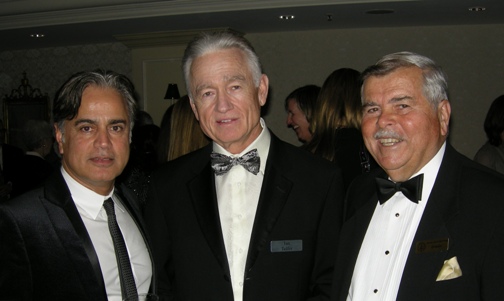
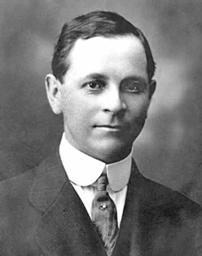 The Porcupine Gold Rush of 1909 was a transformative event in Canadian history, with three gold mines discovered by separate prospecting parties a few miles from each other. The rich discoveries made by Benny Hollinger (1885-1919), Sandy McIntyre (1869-1943) and John (Jack) Wilson (1872-1948) in northern Ontario wilderness led to the development of one of Canada’s premier mining camps and the founding of Timmins, the City with a Heart of Gold.
The Porcupine Gold Rush of 1909 was a transformative event in Canadian history, with three gold mines discovered by separate prospecting parties a few miles from each other. The rich discoveries made by Benny Hollinger (1885-1919), Sandy McIntyre (1869-1943) and John (Jack) Wilson (1872-1948) in northern Ontario wilderness led to the development of one of Canada’s premier mining camps and the founding of Timmins, the City with a Heart of Gold.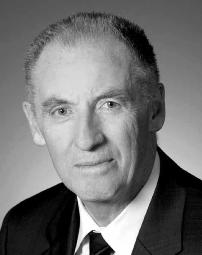 Graham Farquharson has earned a reputation as a senior statesman of Canada’s mining industry by demonstrating a commitment to integrity, fairness and technical excellence throughout his career with Strathcona Mineral Services Limited, a consulting firm he created with two partners in 1974. He is one of the industry’s most prominent consultants, best known for taking on extraordinary challenges, including developing and managing Canada’s first mine north of the Arctic Circle and debunking an Indonesian property once believed to host the world’s largest gold deposit.
Graham Farquharson has earned a reputation as a senior statesman of Canada’s mining industry by demonstrating a commitment to integrity, fairness and technical excellence throughout his career with Strathcona Mineral Services Limited, a consulting firm he created with two partners in 1974. He is one of the industry’s most prominent consultants, best known for taking on extraordinary challenges, including developing and managing Canada’s first mine north of the Arctic Circle and debunking an Indonesian property once believed to host the world’s largest gold deposit.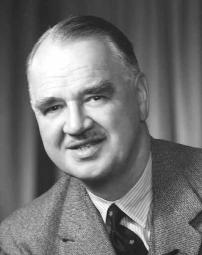 Victor Wansbrough served Canada’s metals mining industry with distinction for more than 20 years as the first full-time Managing Director of the Canadian Metal Mining Association (CMMA), the forerunner of the Mining Association of Canada. His appointment in early 1947 was a surprise, as he knew nothing about mining at a time when the industry faced serious challenges, notably a labor shortage and a gold mining industry in decline because of rising costs and a fixed gold price.
Victor Wansbrough served Canada’s metals mining industry with distinction for more than 20 years as the first full-time Managing Director of the Canadian Metal Mining Association (CMMA), the forerunner of the Mining Association of Canada. His appointment in early 1947 was a surprise, as he knew nothing about mining at a time when the industry faced serious challenges, notably a labor shortage and a gold mining industry in decline because of rising costs and a fixed gold price.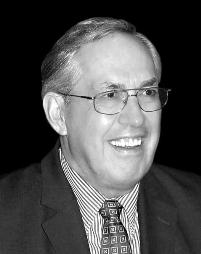 Hugo Dummett was one of the world’s most respected economic geologists, aptly described as “the brains, the ideas and the energy” behind the first discovery of economic diamond deposits in Canada. In the 1970s and ‘80s, he worked with Canadian geologists Charles Fipke and Stewart Blusson and South African university professor John Gurney in a quest to find diamonds in North America. Almost a decade later, he convinced BHP Minerals to sign a joint venture with Fipke and Blusson’s junior company, Dia Met Minerals, and continue the diamond hunt in the Northwest Territories. The result of their collaboration was Ekati, Canada’s first diamond mine, and the development of a hugely successful, major new industry.
Hugo Dummett was one of the world’s most respected economic geologists, aptly described as “the brains, the ideas and the energy” behind the first discovery of economic diamond deposits in Canada. In the 1970s and ‘80s, he worked with Canadian geologists Charles Fipke and Stewart Blusson and South African university professor John Gurney in a quest to find diamonds in North America. Almost a decade later, he convinced BHP Minerals to sign a joint venture with Fipke and Blusson’s junior company, Dia Met Minerals, and continue the diamond hunt in the Northwest Territories. The result of their collaboration was Ekati, Canada’s first diamond mine, and the development of a hugely successful, major new industry.